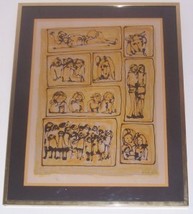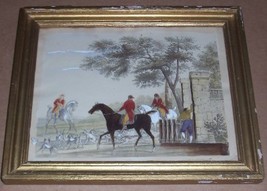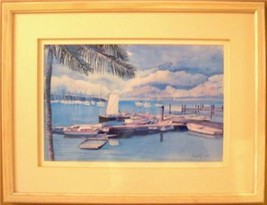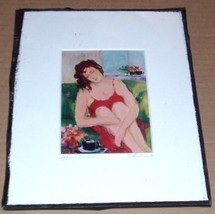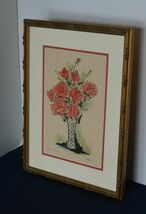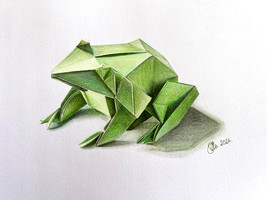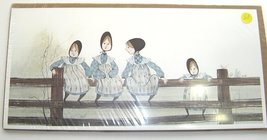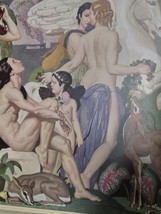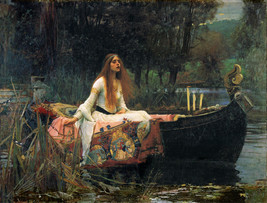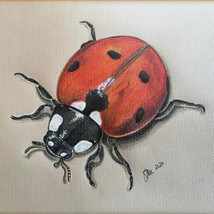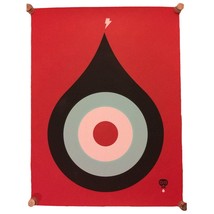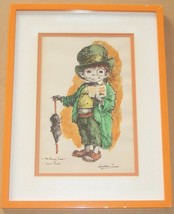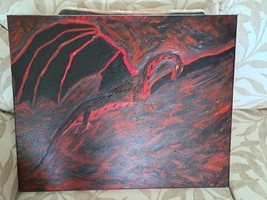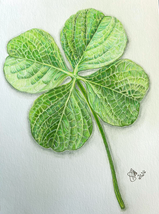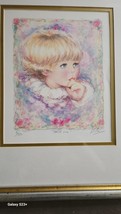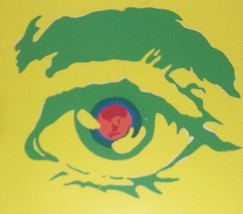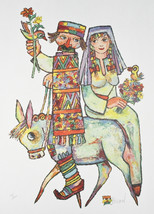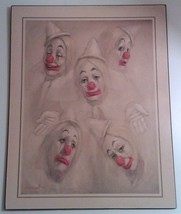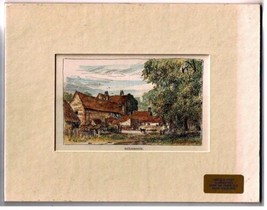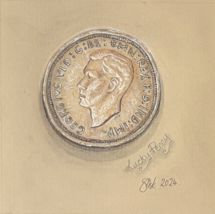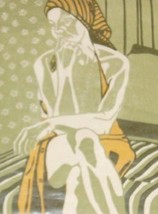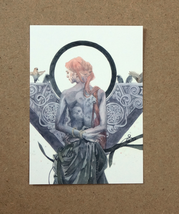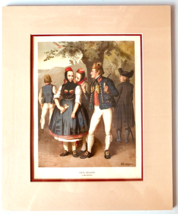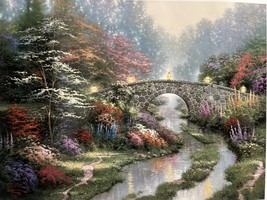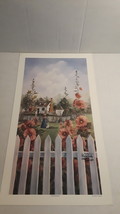Henri Toulouse Lautrec Lithograph/The Circus and 50 similar items
Henri Toulouse Lautrec Lithograph/The Circus Portfolio Lithograph Framed
View full item details »
Shipping options
No shipping price specified to GB
Ships from
United States

Offer policy
OBO - Seller accepts offers on this item.
Details
Return policy
Purchase protection
Payment options
PayPal accepted
PayPal Credit accepted
Venmo accepted
PayPal, MasterCard, Visa, Discover, and American Express accepted
Maestro accepted
Amazon Pay accepted
Nuvei accepted
View full item details »
Shipping options
No shipping price specified to GB
Ships from
United States

Offer policy
OBO - Seller accepts offers on this item.
Details
Return policy
Purchase protection
Payment options
PayPal accepted
PayPal Credit accepted
Venmo accepted
PayPal, MasterCard, Visa, Discover, and American Express accepted
Maestro accepted
Amazon Pay accepted
Nuvei accepted
Item traits
| Category: | |
|---|---|
| Quantity Available: |
Only one in stock, order soon |
| Condition: |
Unspecified by seller, may be new. |
| Edition Type: |
Limited Edition |
| Date of Creation: |
1990-1999 |
| Original/Reproduction: |
Artwork Reproduction |
| Listed By: |
Dealer or Reseller |
| Edition Size: |
350 |
| Print Type: |
Lithograph |
| Signed: |
Signed |
| Artist: |
Henri Matisse |
| Medium: |
Lithograph |
| Seller Notes: |
“all new” |
| Type: |
|
Listing details
| Shipping discount: |
No combined shipping offered |
|---|---|
| Posted for sale: |
More than a week ago |
| Item number: |
1480923968 |
Item description
Artist: Henri Toulouse Lautrec
Title: The Circus Portfolio
Year: 1990 (After)
Medium: Lithograph
Edition: 212/350
Paper Size: 16-3/4" x 12-1/2"
frame size: 35" x 39"
Henri de Toulouse-Lautrec was born on November 24, 1864, in southern France. Son and heir of Comte Alphonse-Charles de Toulouse, he was the last in the line of an aristocratic family that dated back a thousand years. Today, the family estate houses the Musee Toulouse-Lautrec. As a child, Henri was weak and often sick. But by the time he was ten years old he had begun to draw and paint.
At age twelve Toulouse-Lautrec broke his left leg and at fourteen his right leg. The bones did not heal properly, and his legs ceased to grow. He reached maturity with a body trunk of normal size but with abnormally short legs. He was only 4 1/2 feet (1.5 meters) tall.
Toulouse-Lautrec was very much an active part of this community. He would sit at a crowded nightclub table, laughing and drinking, meanwhile making swift sketches. The next morning in his studio he would expand the sketches into brightly colored paintings.
In order to join in the Montmartre life - as well as to fortify himself against the crowd's ridicule of his appearance - Toulouse-Lautrec began to drink heavily. By the 1890s the drinking was affecting his health. He was confined first to a sanatorium and then to his mother's care at home, but he could not stay away from alcohol. Toulouse-Lautrec died on September 9, 1901, at the family chateau of Malrome.
Toulouse-Lautrec depicted the world of Paris nightlife in a style that transcended categorization. Influenced by the impressionists (particularly Degas), he exhibited with them at the 1889 Salon des Independants. His technical skills, evident early in his career, enabled him to create a sense of motion and atmosphere with a minimum of brushstrokes . Lautrec studied art in Paris and in 1885 opened his own studio in Montmartre, where the brothels and dance halls greatly inspired his work. He began producing posters in 1891 with immediate success; the first one was commissioned by the Moulin Rouge cabaret. Between 1891 and his death in 1901, Lautrec made 357 lithographs and was a popular artist for collectors of the day. His mastery of the medium won him international acclaim and in 1895 he was given two one-man shows in London. In 1900 he was appointed to the Committee of the Exposition Universelle, commemorating the 100th anniversary of lithography.
Throughout his career, which spanned less than 20 years, Toulouse-Lautrec created 737 canvases, 275 watercolours, 363 prints and posters, 5,084 drawings, some ceramic and stained glass work, and an unknown number of lost works. His debt to the Impressionists, in particular the more figurative painters Manet and Degas, is apparent. His style was also influenced by the classical Japanese woodprints which became popular in art circles in Paris. In the works of Toulouse-Lautrec can be seen many parallels to Manet's detached barmaid at A Bar at the Folies-Bergere and the behind-the-scenes ballet dancers of Degas. He excelled at capturing people in their working environment, with the colour and the movement of the gaudy night-life present but the glamour stripped away. He was masterly at capturing crowd scenes in which the figures are highly individualised. At the time that they were painted, the individual figures in his larger paintings could be identified by silhouette alone, and the names of many of these characters have been recorded. His treatment of his subject matter, whether as portraits, scenes of Parisian night-life, or intimate studies, has been described as both sympathetic and dispassionate.
Toulouse-Lautrec's skilled depiction of people relied on his painterly style which is highly linear and gives great emphasis to contour. He often applied the paint in long, thin brushstrokes which would often leave much of the board on which they are painted showing through. Many of his works may best be described as drawings in coloured paint.

-
Refine your browsing experience
We can show you more items that are exactly like the original item, or we can show you items that are similar in spirit. By default we show you a mix.
This item has been added to your cart
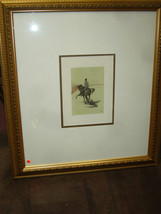 Henri Toulouse Lautrec Lithograph/The Circus Portfolio Lithograph Framed added to cart.
Only one available in stock
Henri Toulouse Lautrec Lithograph/The Circus Portfolio Lithograph Framed added to cart.
Only one available in stock
View Cart or continue shopping.
 Please wait while we finish adding this item to your cart.
Please wait while we finish adding this item to your cart.
Get an item reminder
We'll email you a link to your item now and follow up with a single reminder (if you'd like one). That's it! No spam, no hassle.
Already have an account?
Log in and add this item to your wish list.
















